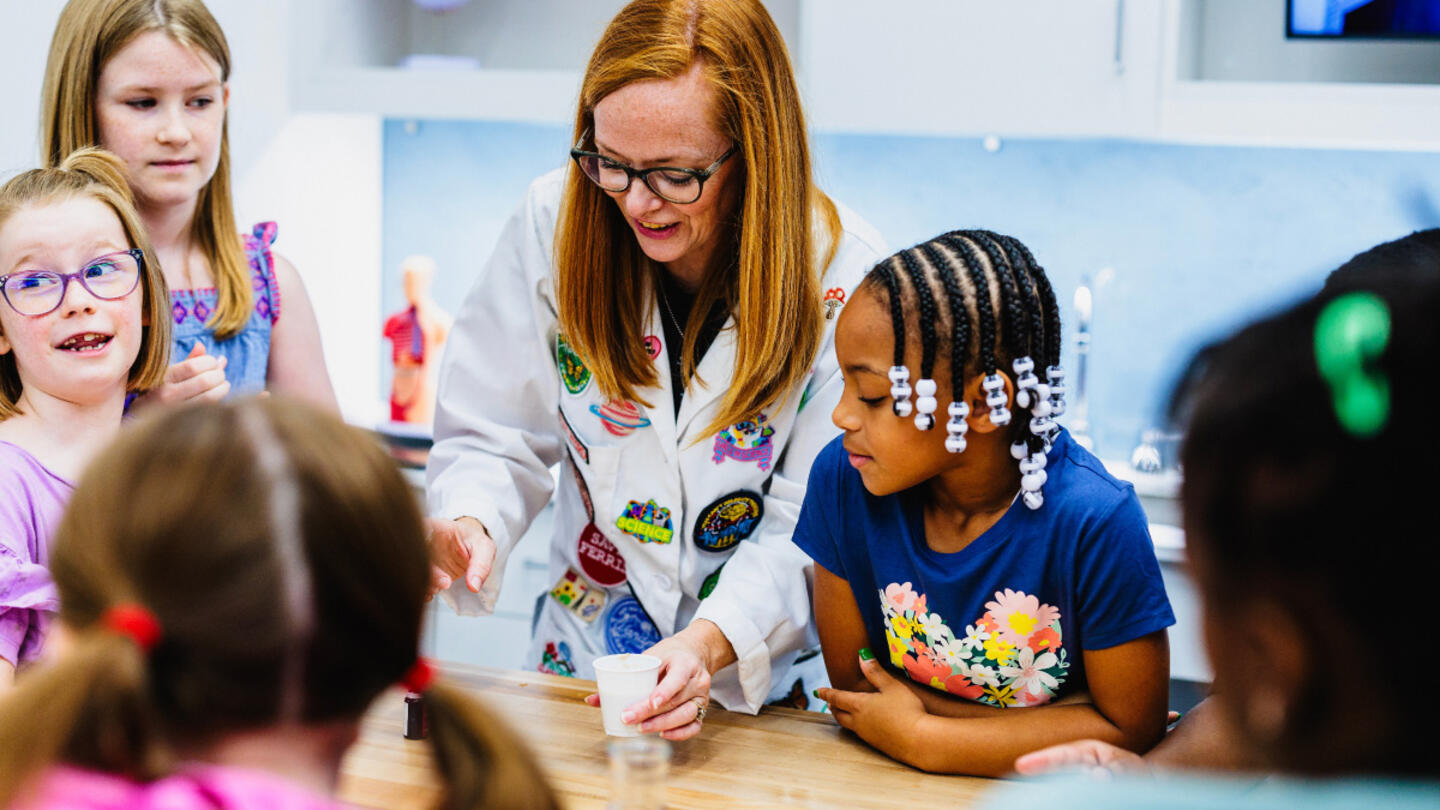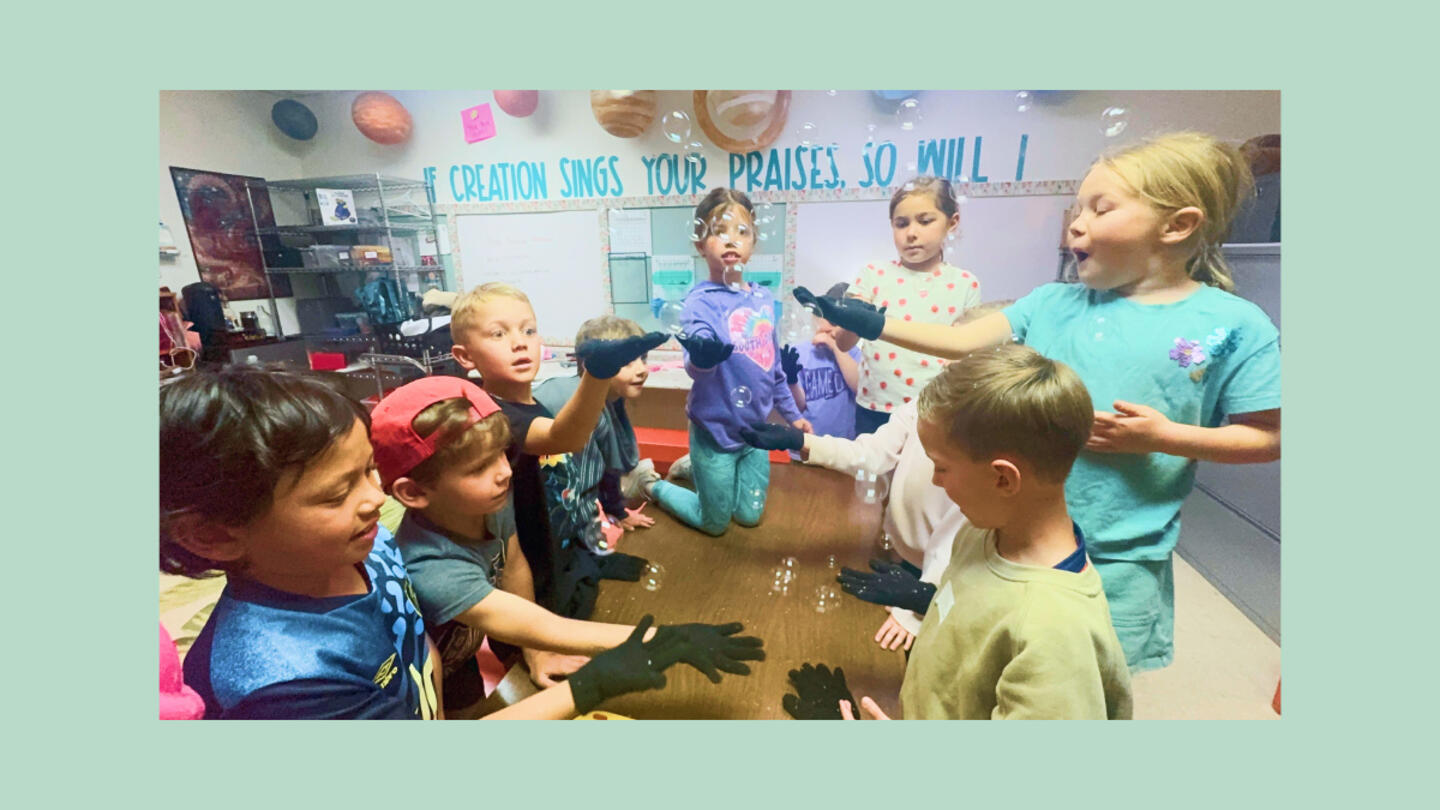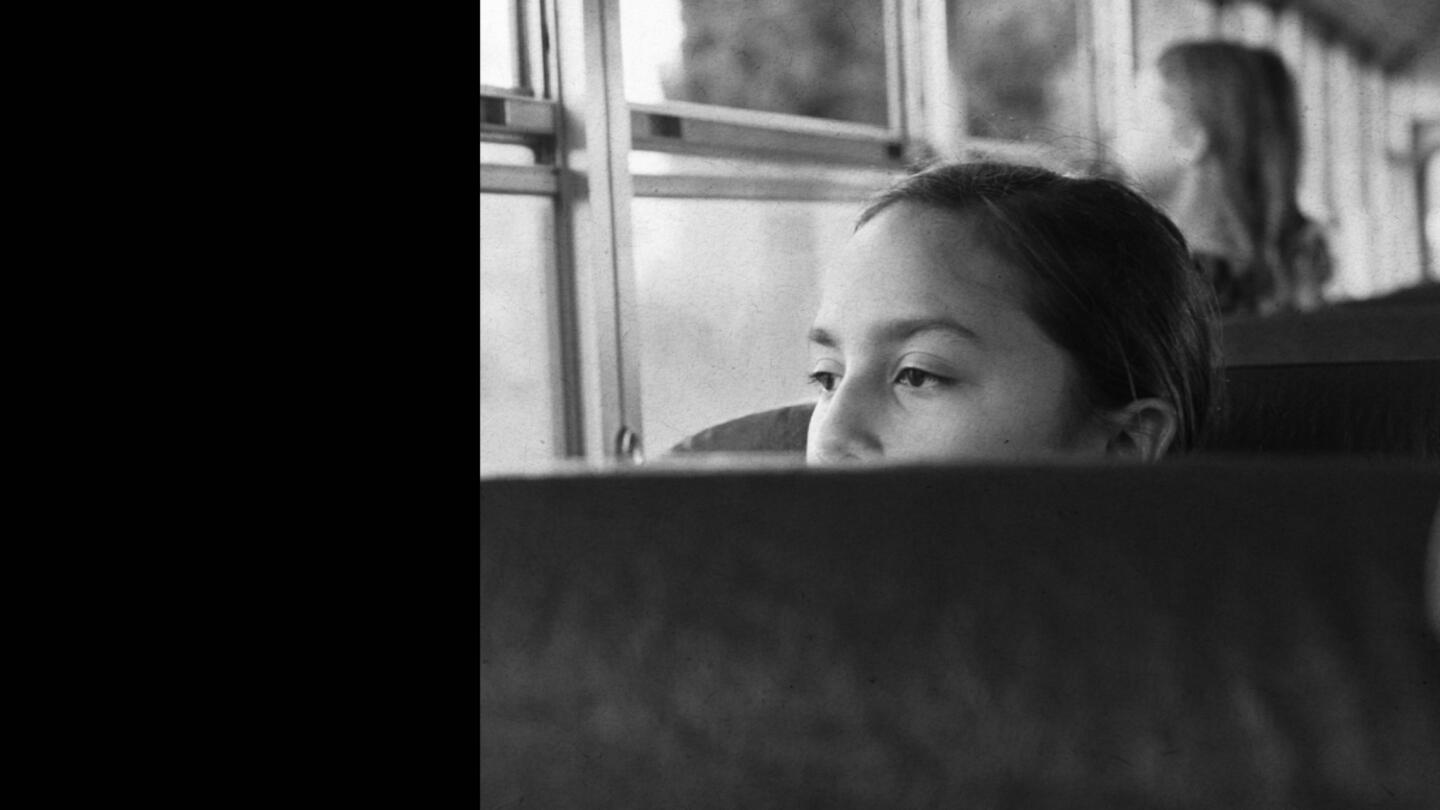Parents send their kids to school because they believe it’s good for them. But what if it’s actually harming them?
According to a study by New York University, 49% of kids report chronic school-related stress, and 26% report symptoms of depression. Video games and social media often get blamed, but experts increasingly believe the soaring rates of childhood mental health disorders may have roots in the classroom.
“Our society has convinced parents what’s best for their children is that they perform well in school,” said Dr. Peter Gray, a psychology researcher at Boston College. “And children are missing out on so much more that’s really, really important.”
What can we do to reverse the downward trend in kids’ mental health? These changemakers say it starts with more self-direction, more time away from adults, and maybe even a school in the woods.
A ‘report card’ that changed everything
Gray said the source of much school stress started with one book — “A Nation at Risk: The Imperative for Educational Reform.” Published in the early 1980s, it claimed that education in the United States was falling behind other countries.
Overcorrection began.
“So, there was this sudden pressure to improve children’s test scores, and that led to a reduction in summer vacation, longer school days, and more homework,” Gray said. “It’s not surprising that, over the same period of time, there has been a continuous decline in children’s freedom.”
Not only did this change do little to improve school performance, but it robbed kids of valuable time.
“Children’s time has been taken up increasingly by school and by school-like activities,” he said. “If all you’ve been doing is what other people are telling you to do, how on earth do you have any idea what your passions might be?”
He said kids need more playtime. “Play is nature’s way of ensuring young animals practice the skills that are important for their survival,” Gray said. “Mammals that have the most to learn play the most.”
There’s one caveat, though: Play needs to be largely without adult interference.
“Children who are involved in self-directed activities have lots of time to explore their interests,” he said. “They can talk with others about who they are and do the things that nature endowed children to do. I think that if we can get back to a world where children can really play, we will see people who are happier, more confident, and really know what kind of life they want to live.”
Sign up for Stand Together's K-12 newsletter and get stories, ideas, and advice from changemakers who are transforming education across the country.
Stop building your kid’s resume. Let them grow.
So, we know kids thrive when given independence. But are parents willing to give kids their independence?
Not so much today.
“These days, we are treating children as fragile, and ironically, doing that is making them fragile,” said Lenore Skenazy, co-founder with Gray of Let Grow, a nonprofit focused on childhood independence and play.
Kids today are great at following orders, but they’re terrified they might mess up. “We’ve almost started looking at childhood as resume-building as opposed to humanity-building,” Skenazy said.
Let Grow helps parents and educators give kids more freedom to pursue activities on their own, whether it’s baking or even driving family farm vehicles. These self-directed activities enable kids to explore the world independently and show them that their parents trust them.
“When you’re in control of your life — over your time, over how you feel, over what you’re doing — that’s called an internal locus of control,” Skenazy said. “You feel in charge of your life a little bit. And so, to show a kid that they’re capable, we have to trust them to do something without us. We have to get out of the picture.”
Trading desks for tree stumps. Does it make a difference where kids play?
Time in the great outdoors is cited as one of the most effective means of lowering stress and anxiety. But today’s kids, on average, spend less time outside than people in prison — just 10 minutes a day in traditional schools.
So, what if school took place entirely outside … in a forest?
That’s what happens at AdventureMe, an experiential forest school in the Colorado Rocky Mountains. Set on 10 acres with horses, ducks, and chickens, this school is filled with opportunities for independence training. Kids pull up stumps, look for bugs, and dump things — developing curiosity, creativity, and resilience as they go.
“Everything they’re seeing or experiencing is a learning opportunity, and they set these challenges for themselves,” said Tamara Wineland, founder of AdventureMe. “They’re asking questions, and they want to find out. And it’s because it’s something they’re interested in — not because they’re being told that they have to be interested in it.”
Most importantly, it’s setting kids up to be lifelong learners.
And how do they find their passions? That goes back to the basics these changemakers are championing — more time for self-direction, activities without adults, and opportunities to explore the world beyond the walls of a classroom.
Learn more about Stand Together’s education efforts and explore ways you can partner with us.
AdventureMe is supported by VELA, which as part of the Stand Together community, supports everyday entrepreneurs who are boldly reimagining education.
Let Grow is supported by Stand Together Trust, which provides funding and strategic capabilities to innovators, scholars, and social entrepreneurs to develop new and better ways to tackle America’s biggest problems.

This colearning space has the potential to bridge the divide between public and private education.

New Johns Hopkins data shows homeschooling’s recent surge has transformed the education landscape.
Step 1: Find the best learning environment for your child. Step 2? Figure out how to pay for it.

Here’s what happens when AI replaces teachers.
